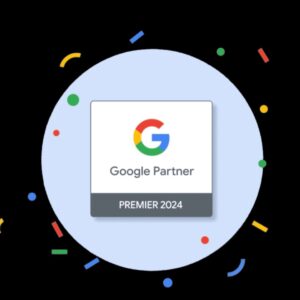Unless you’ve been living under an SEM rock for the past year you’ll already know that product listing ads (PLAs) are one of the biggest developments in paid search and if you aren’t using them for e-commerce you’re potentially leaving a lot of money on the table.
 Just recently Google has released another layer to PLAs which will effectively increase competition by adding local level merchants. This has the potential to create a heightened competitive dynamic, and while competition between e-Commerce and Brick & Mortar has existed since the birth of the online shopping cart, it has never been this easy for the consumer to access.
Just recently Google has released another layer to PLAs which will effectively increase competition by adding local level merchants. This has the potential to create a heightened competitive dynamic, and while competition between e-Commerce and Brick & Mortar has existed since the birth of the online shopping cart, it has never been this easy for the consumer to access.
Incentive
What local PLAs do is allow brick and mortar merchants to have greater exposure online and compete more effectively with online retailers.
Tracking results will be more granular than traditional advertising but less than standard e-Commerce conversion based tracking as some merchants may not have online stores to directly track revenue. Local merchants will be looking at correlations between click volume and in-store revenues.
Cannibalization will be an issue with larger stores as they will need to decide where they want to draw traffic after searching. Creative advertisers will devise strategies to combine the two; offering incentives to shop in both.
A New Online Marketing Tool
PLAs have always been a fantastic source of indirect revenue through increased brand recognition and it will be no different for local merchants. It is important that advertisers are cognizant of the positive long term effects if implemented correctly.
Merchant Storefronts
 There has been discussion of Google’s implementation of merchant pages where customers can view of a local merchant’s current inventory, allowing them to effectively browse the site without even visiting it. We have seen this before, specifically in the hotel industry, where Google has begun to implement availability calendars right on search pages. Fortunately the eComm sector is far more efficient so the upside can be realized far sooner.
There has been discussion of Google’s implementation of merchant pages where customers can view of a local merchant’s current inventory, allowing them to effectively browse the site without even visiting it. We have seen this before, specifically in the hotel industry, where Google has begun to implement availability calendars right on search pages. Fortunately the eComm sector is far more efficient so the upside can be realized far sooner.
Planning
Take a step back and allocate some time to understand the client’s business and competition (you’re doing this already, right?). Look at who the shoppers are and where they should logically drive more traffic. Is the brand opening a new flagship store or renovating many? You may want to push potential customers in that direction to develop positive brand recognition.
Only eComm and no physical storefront you say? You have a potential new competitive set to evaluate. As always many factors will depend on the industry. Selling large non-tactile products such as TVs? You need to be concerned with brick and mortar retailers advertising special deals to get customers away from the computer. In smaller consumer goods such as handbags and apparel the potential impact is more consequential.
Local Product Listing Ads (PLAs) are brand new and they will likely take some time to be fully functional. Even if Google says they already are. Nevertheless, the time to start planning is now.
About Jeremy Epstein
Jeremy Epstein is a Digital Media Specialist at Amsive Digital in New York. Jeremy is a native New Yorker and graduate of Cornell University and still enjoys watching Big Red Hockey trounce Harvard. Connect with Jeremy on Google+





